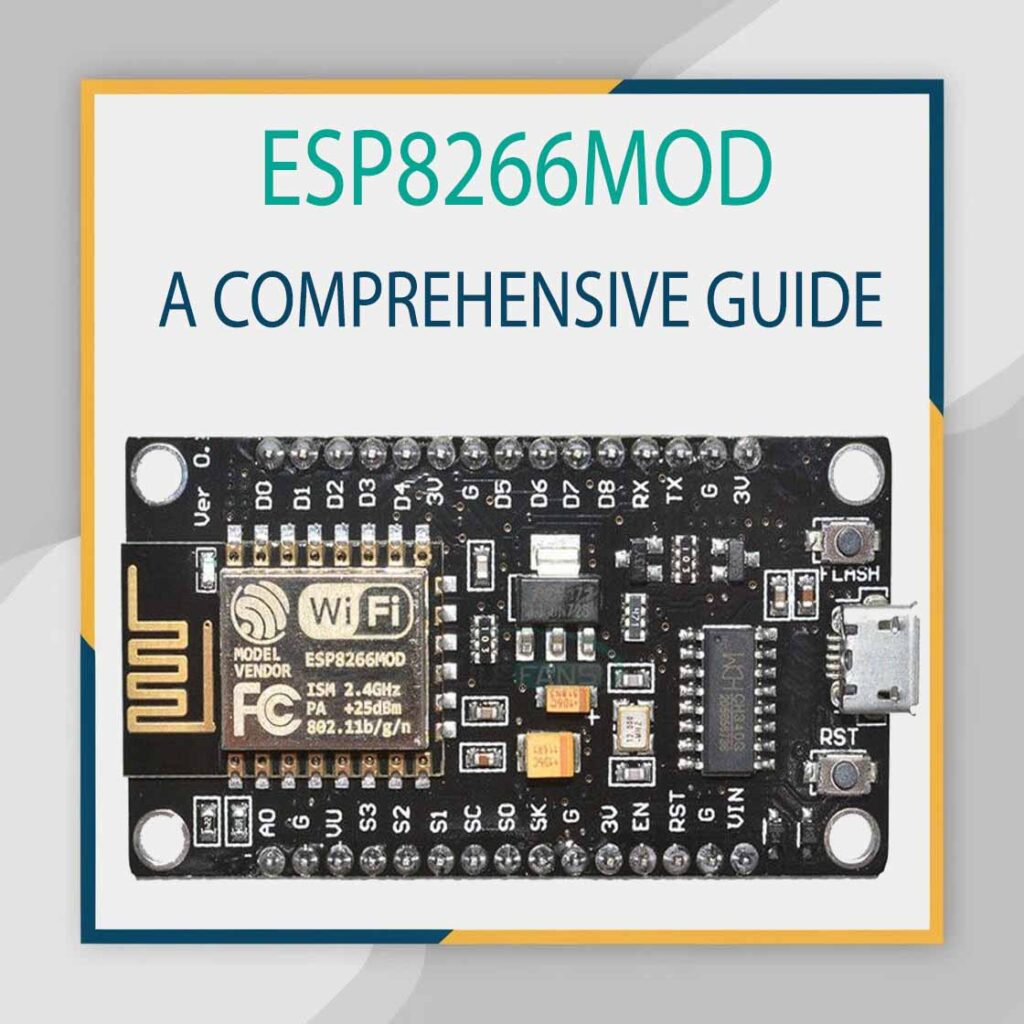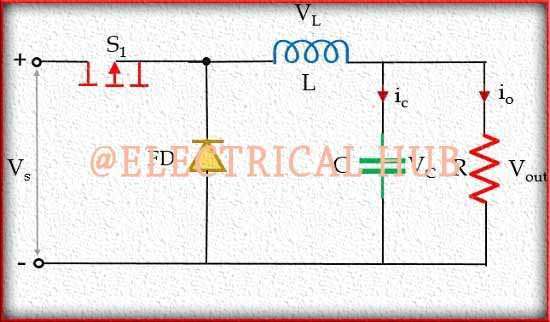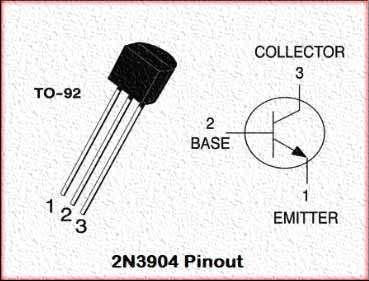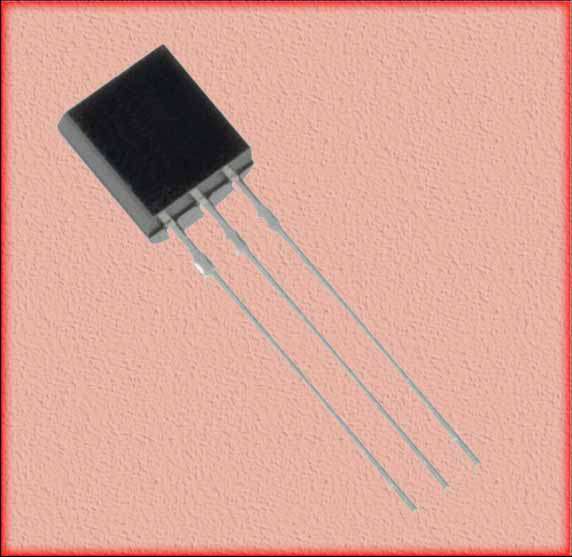ESP8266MOD: A Comprehensive Guide
The ESP8266MOD is one of the most popular Wi-Fi modules widely used in IoT (Internet of Things) projects. It has gained immense popularity due to its low cost, compact size, and ability to integrate seamlessly into various electronic systems. Whether you are a hobbyist or a professional, understanding the technical details of the ESP8266MOD can significantly enhance your projects.
This article explores the ESP8266 MOD in depth, covering its technical specifications, features, and practical applications. We will also discuss how to use it effectively and integrate it into your projects.

Table of Contents
Table of Contents
What is ESP8266MOD?
The ESP8266 MOD is a Wi-Fi microchip developed by Espressif Systems. It includes a full TCP/IP stack and microcontroller capability, making it suitable for applications requiring wireless connectivity. The module is an upgraded version of the ESP8266 and comes pre-programmed with an AT command set firmware, making it easy to use with other microcontrollers like Arduino.
Key features of the ESP8266MOD include its ability to act as both a Wi-Fi client and an access point. This means it can connect to existing Wi-Fi networks or create its own for direct device communication.
Technical Specifications of ESP8266 MOD
Understanding the technical specifications is crucial for utilizing the ESP8266 MOD effectively in your projects. Below are the key specifications:
- Processor: Tensilica L106 32-bit RISC processor running at 80 MHz (can be overclocked to 160 MHz)
- Flash Memory: 1 MB (upgradable up to 4 MB)
- RAM: 50 KB for program storage, 8 KB for data storage
- Wi-Fi: 802.11 b/g/n with WPA/WPA2 security
- Operating Voltage: 3.0V to 3.6V
- Power Consumption: Approximately 15mA in sleep mode and 200mA during operation
- GPIO Pins: Supports up to 17 GPIO pins, which can be used for PWM, ADC, SPI, and I2C communication
For more details about the ESP8266 Pin Diagram, you can refer to our dedicated guide.
Pinout of ESP8266MOD
The ESP8266 MOD has a compact 2×4 pin layout, making it easy to integrate into various circuits. Below is a summary of its pin functions:
- VCC: Power supply (3.3V)
- GND: Ground
- TXD: Transmit data (UART interface)
- RXD: Receive data (UART interface)
- GPIO0: General-purpose I/O
- GPIO2: General-purpose I/O
- CH_PD: Chip power-down (must be pulled high for normal operation)
- RST: Reset pin
To learn more about the ESP8266 Pinout and GPIO pin configuration, visit our post on ESP8266 GPIO Pins.
Features of ESP8266MOD
1. Low Power Consumption
The ESP8266 MOD is designed for low power applications. It supports three power-saving modes: light sleep, deep sleep, and modem sleep, making it an excellent choice for battery-powered projects.
2. Integrated TCP/IP Stack
The built-in TCP/IP stack allows the module to handle Wi-Fi connections and data transmissions independently, reducing the load on the host microcontroller.
3. Flexible GPIO Functionality
The GPIO pins can be configured for multiple functions, including digital input/output, PWM, ADC, and UART communication. This flexibility allows the ESP8266 MOD to interface with a wide range of sensors and actuators.
Know more about applications of schmitt trigger
4. Compatibility with Arduino IDE
One of the significant advantages of the ESP8266MOD is its compatibility with the Arduino IDE. By using the ESP8266 Arduino core, developers can write and upload programs directly, simplifying the development process.
5. Compact Size
Measuring just 24.75mm x 14.5mm, the ESP8266MOD is perfect for projects with size constraints, such as wearables and compact IoT devices.
Applications of ESP8266MOD
1. Home Automation
The ESP8266 MOD is commonly used in smart home devices, such as Wi-Fi-enabled light switches, thermostats, and security cameras.
2. IoT Projects
Its ability to connect to the internet makes it an ideal choice for IoT applications, including weather monitoring systems, asset tracking devices, and industrial automation.
3. Wearable Technology
Thanks to its small size and low power consumption, the ESP8266MOD is suitable for wearable devices like fitness trackers and smartwatches.
4. Wireless Data Transmission
The ESP8266 MOD can be used for wireless data logging and streaming applications, such as sending sensor data to cloud platforms like ThingSpeak or MQTT brokers.
How to Program ESP8266MOD with Arduino IDE
Programming the ESP8266MOD with the Arduino IDE is a straightforward process. Follow these steps:
- Install the ESP8266 Board Manager: Open Arduino IDE, go to Preferences, and add the following URL in the Additional Boards Manager URLs field:
http://arduino.esp8266.com/stable/package_esp8266com_index.json. - Install Drivers: Install the appropriate USB-to-serial drivers for your device.
- Connect the Module: Use a USB-to-serial adapter to connect the ESP8266 MOD to your computer.
- Select Board and Port: Choose “Generic ESP8266 Module” from the board selection menu and select the correct COM port.
- Upload Code: Write your program and upload it to the module.
For a detailed guide on programming ESP8266 with Arduino IDE, check out our post on NodeMCU ESP8266.
Differences Between ESP8266 MOD and ESP32
While the ESP8266MOD is a robust module, Espressif Systems later released the ESP32 DevKit 30 Pin, which offers enhanced features. Here are some key differences:
- Processing Power: The ESP32 has a dual-core processor, while the ESP8266MOD has a single-core processor.
- Connectivity: The ESP32 supports Bluetooth along with Wi-Fi, whereas the ESP8266 MOD only supports Wi-Fi.
- GPIO Pins: The ESP32 has more GPIO pins, making it more versatile for complex projects.
To learn more about the ESP32, read our article on ESP32 DevKit 30 Pin Pinout.
Troubleshooting ESP8266MOD
Here are some common issues with the ESP8266 MOD and their solutions:
- Module Not Responding:
- Ensure the CH_PD pin is pulled high.
- Check the power supply voltage (should be 3.3V).
- Wi-Fi Connection Issues:
- Verify the SSID and password.
- Ensure the module is within the range of the Wi-Fi router.
- Programming Errors:
- Check the wiring and connections.
- Ensure the correct board and port are selected in the Arduino IDE.
Conclusion
The ESP8266MOD is a versatile and powerful Wi-Fi module ideal for various IoT and electronics projects. Its low cost, compact size, and robust features make it a favorite among developers. Whether you’re building a smart home system or an industrial IoT application, the ESP8266 MOD offers the functionality and reliability you need.
To dive deeper into related topics, explore our posts on ESP8266 Pin Diagram, ESP8266 GPIO Pins, and ESP8266 Arduino. Each article provides valuable insights to help you unlock the full potential of the ESP8266 MOD in your projects.
Follow Us on Social:
Subscribe our Newsletter on Electrical Insights for latest updates from Electrical Engineering Hub
#ESP8266, #ESP8266MOD, #WiFiModule, #IoTDevelopment, #MicrocontrollerProjects, #WirelessCommunication, #HomeAutomation, #EmbeddedSystems, #ESP8266Projects, #IoTDevices, #ESP8266Programming, #WiFiChip, #IoTApplications, #SmartDevices, #TechInnovation




